-
Damien Hirst
Trust, 2003Cellulose paint on bronze with coins and mirrored stainless steel100 x 65 x 36 cm
39 3/8 x 25 5/8 x 14 1/8 inEdition 11 of 12Copyright The ArtistFurther images
-
(View a larger image of thumbnail 1
)
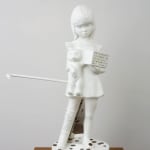
-
(View a larger image of thumbnail 2
)
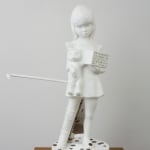
-
(View a larger image of thumbnail 3
)
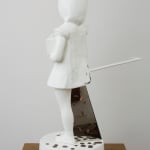
-
(View a larger image of thumbnail 4
)
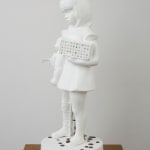
-
(View a larger image of thumbnail 5
)
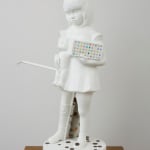
-
(View a larger image of thumbnail 6
)
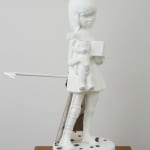
-
(View a larger image of thumbnail 7
)
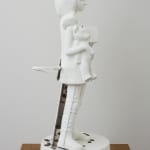
-
(View a larger image of thumbnail 8
)
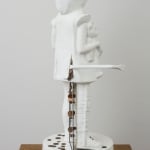
-
(View a larger image of thumbnail 1
)







